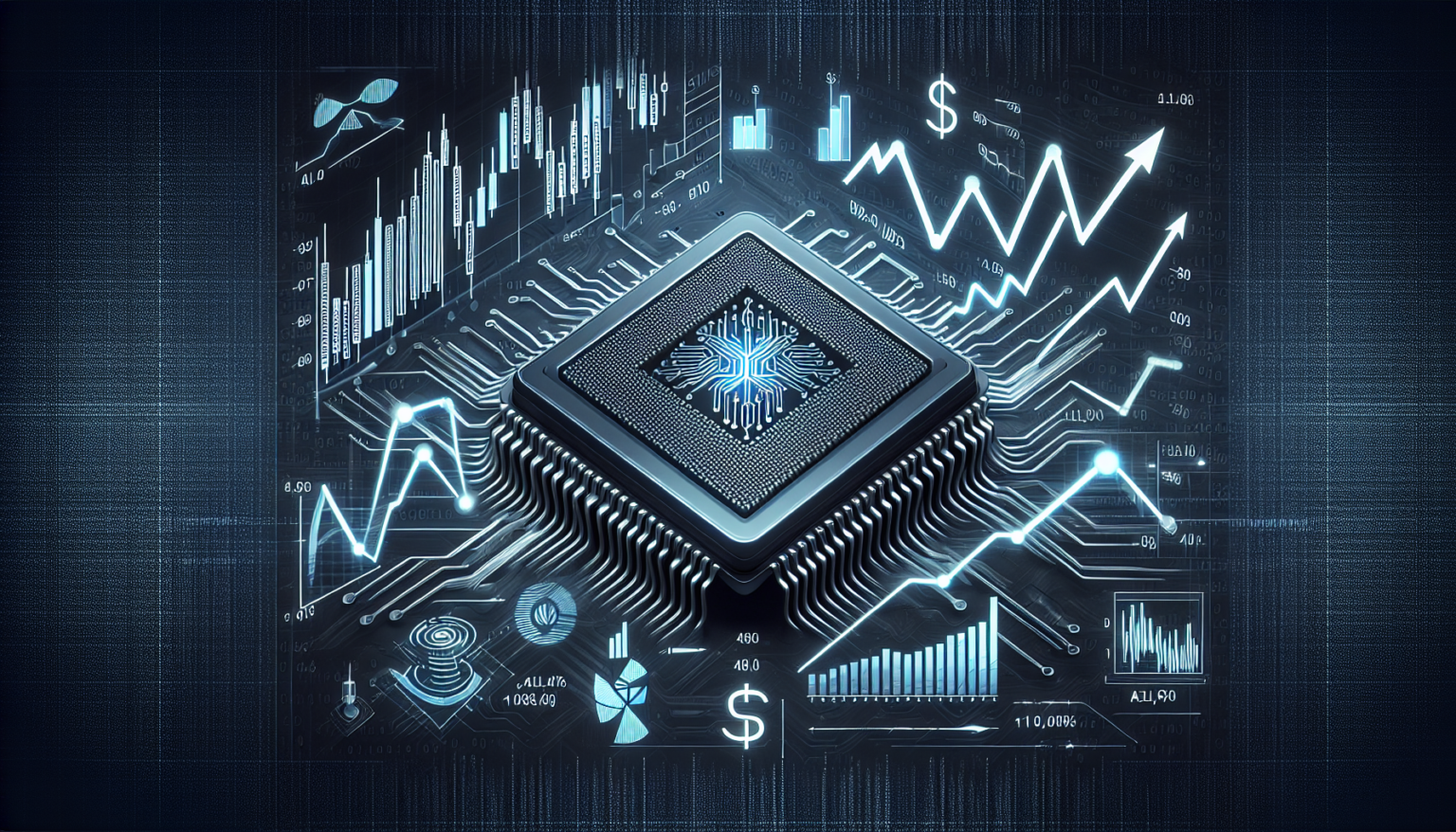The Evolution of AI in Finance
A Brief Historical Perspective
AI technologies have been integrated into financial markets for several decades. Initially, quantitative analysts began using complex mathematical models and algorithms to predict stock price movements. As computing power increased, algorithms evolved, and we started to see the emergence of machine learning techniques that could analyze vast amounts of data in real-time.
The Role of Big Data
The rise of big data plays a significant role in enhancing AI’s capabilities in stock trading. Market analysts and traders can now access countless data sources, from trading volumes to social media sentiment analysis. The ability to analyze such massive datasets is vital for AI systems that aim to predict stock market movements accurately.
Understanding Stock Market Volatility
Defining Volatility
Volatility refers to the degree of variation in trading prices over time. It indicates how much the price of a security, such as stocks, fluctuates. High volatility can mean that stock prices change dramatically in a short period, making the stock market unpredictable.
Types of Volatility
There are generally two types of volatility: historical and implied. Historical volatility looks at past price movements, while implied volatility reflects market expectations for future volatility based on option pricing.
The Influence of AI on Market Dynamics
AI Trading Algorithms
One of the most significant impacts of AI on stock market volatility is through the development of trading algorithms. These algorithms can execute trades within milliseconds based on pre-established criteria, which can drastically impact price movements. With the ability to process and interpret huge data sets quickly, these algorithms can react to market changes much faster than human traders.
High-Frequency Trading (HFT)
High-frequency trading is an example of how AI algorithms are used to make numerous trades within short time frames. HFT strategies often rely on AI to capitalize on small price discrepancies that may exist for only fleeting moments. While this can enhance market liquidity, it can also introduce higher levels of volatility, especially during market stress when many algorithms react simultaneously.
Sentiment Analysis
AI-powered sentiment analysis tools assess public sentiment toward stocks using social media, news, and other platforms. When major events occur, these tools can predict how stock prices might react, adding another layer of complexity to market dynamics. For instance, if sentiment is heavily negative, algorithms might trigger sell-offs that increase volatility.
The Risks of AI in Trading
Flash Crashes
One of the most alarming consequences of AI on market stability is the occurrence of flash crashes, like the one that occurred in May 2010. These events can happen when multiple trading algorithms react to market signals simultaneously, leading to an abrupt market downturn. The role of AI in these occurrences raises questions about accountability, risk management, and regulatory measures.
Overfitting and Model Reliability
AI models can also suffer from overfitting, where they perform well on historical data but fail to predict future outcomes accurately. Overreliance on these models could lead to massive miscalculations, creating expansive market volatility when unexpected events arise.
The Future of AI and Stock Market Volatility
Predictive Analytics and Machine Learning
Researchers are continually improving the algorithms used in stock trading. Future advancements in predictive analytics and machine learning could lead to more reliable forecasts, reducing extreme volatility. By examining complex market behaviors and identifying underlying patterns, AI could provide better insights into future stock performance.
Regulatory Considerations
As the influence of AI grows within financial markets, regulatory bodies may need to adapt. There’s increasing recognition of the need for rules governing AI-driven trading practices to mitigate risks associated with volatility. Simultaneously, these regulations should encourage innovation without stifling the advantages that AI brings to financial markets.
Limitations and Ethical Concerns
The use of AI raises ethical concerns, such as biases in algorithmic trading and issues of transparency. Ensuring that AI systems are fair, accountable, and operable in a transparent manner will be crucial in shaping how AI interacts with stock market volatility in the coming years.
The Interplay between Human Traders and AI
Collaboration over Competition
Human intuition and judgment are valuable assets, even as AI gains prominence in trading. The future may see a collaboration where human traders guide AI systems rather than being replaced by them. The combination of human insight and AI’s analytical capabilities could lead to smarter trading strategies.
The Need for Continuous Learning
AI systems thrive on continuous learning and adaptation. By receiving consistent updates and new data, AI can evolve to predict market movements more reliably. However, maintaining a feedback loop between the AI systems and human analysis becomes imperative to keep volatility in check.
The Psychological Aspect of Market Behaviors
Human Reactions to AI Predictions
Traders often react to news based on their psychological states, which can influence stock prices beyond the rational information gleaned from headlines. The introduction of AI into trading can amplify these emotional reactions. If traders collectively respond to AI-generated predictions, it may lead to self-fulfilling prophecies that heighten volatility.
Market Sentiment Cycles
A cycle of overreactions can emerge, where both AI and human traders escalate price movements due to collective fear or optimism. Understanding these psychological aspects can be instrumental in mitigating unnecessary volatility, making it essential for AI systems to account for human behavior when making predictions.
Conclusion: Looking Ahead
AI’s role in stock market volatility is multi-faceted and continues to evolve. By understanding the dynamics between AI-driven trading, human behavior, regulatory considerations, and market psychology, investors and traders can navigate this new landscape more effectively and prepare for the challenges and opportunities that lie ahead. The intersection of technology with finance will undoubtedly reshape the future of investing, bringing both innovation and complexity.








